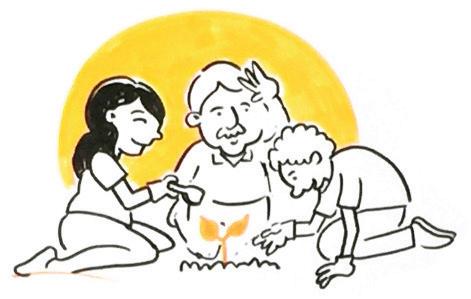
9 minute read
Landscape of a Culture of Health
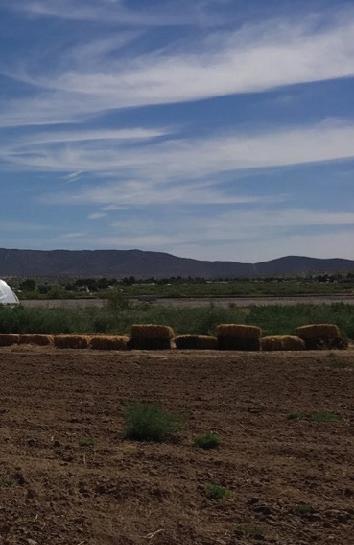
So what does the landscape of a Culture of Health look like? What shows communities are on their way towards health and wholeness? What are the landmarks which, when present, mark the emerging aliveness of a culture of health?
We returned to the RWJF Culture of Health Action Framework to give us some guidance and looked at the four action areas you have identified:
1. Making Health a Shared Value
2. Fostering Cross-Sector Collaboration to Improve Well Being
3. Creating Healthier and More Equitable Communities
4. Strengthening Integration of Health Services and Systems
Landscape of a c u Lture of Hea Lt H
Places of Care
where people meet - gardens, centers, clinics
Systemic focus over time on critical health issues - obesity, addictions, unemployment, incarceration, and diabetes
People
which
A call to healing
Convenings
The question, of course, is what makes progress in these action areas most likely. What aspects of community life, when tended, makes these four things possible? How do these Action Areas live in community and how do we find the way into that territory? We identified what we consider to be six key landmarks: n Places of Care where people meet -- gardens, centers, clinics n People consciously serving in particular roles -- catalysts, gatekeepers, organizers, caregivers n Values that create welcoming boundaries where people turn to each other with curiosity, generosity and respect
Values
n A built environment that promotes health -- parks, walkways, bike trails, open spaces n Systemic focus over time on critical health issues - obesity, addictions, unemployment, incarceration, and diabetes n A call to healing not just physical or mental symptoms, but generational pain and trauma n Convenings which call people together for inspiration and learning and renewed action
These six stood out as markers in the landscape of a culture of health. The more frequently they were present, the more it seemed as health was being restored.
Spaces That Grow Community

A culture of health is a lived experience, created as people open to each other -- listening, sharing tears, hearing laughter. The spaces which invite us to be intimate, vulnerable, and strong, moving into the close proximity of each others lives are where this culture is created. We noticed three kinds of spaces that helped in growing community: community gardens, community centers, and clinics in communities.
Community Gardens
In every location where we listened, community gardens are playing a vital role. People in many different places spoke of how their grandparents or even parents had garden plots outside their backdoor. Food was raised, harvested, preserved and eaten out of those gardens. As one man in West Virginia put it, your most important grocery store was the one just on the other side of the porch. Just two or three generations ago, there was a real connection to food and that connection is now vanishing. People have become more and more accustomed to buying foods packaged for shelf-life rather than nutritional value and that are often saturated with sugar. We’ve literally forgotten what
Landscape of a c u Lture food is. Sugar sweetened foods and beverages are fast to eat and provide an immediate high. People involved in feeding kids in schools and childcare centers often remarked about the challenges of getting kids to eat fresh fruits and vegetables -- foods that just aren’t that familiar. They take more time than the kids have to eat them. It takes our kitchen workers more time to prepare -- and often they don’t know how! Community Gardens shift relationships with food and with people. n Kids love nurturing something they’ve planted grow from seed to table. They form a relationship with food that is intimate and personal. And they see that food comes out of the ground before it goes anywhere else. n The community garden is a place where people have conversations with each other about the ups and downs in their lives - fingers in the soil together, side-by-side, working in the garden becomes a place where people are able to be more vulnerable. n The garden becomes a foundation for other learning. Once people are growing food, they want to know how to take care of it -- to harvest it, to preserve it, to prepare it, and to eat it. n Community gardens act as an incentive for people to start a garden in their backyard. As one woman in New Mexico said, with a smile on her face my husband always used to disappear for hours at a time into his shop. Now I watch him go out into our garden and smile as he puts his fingers into
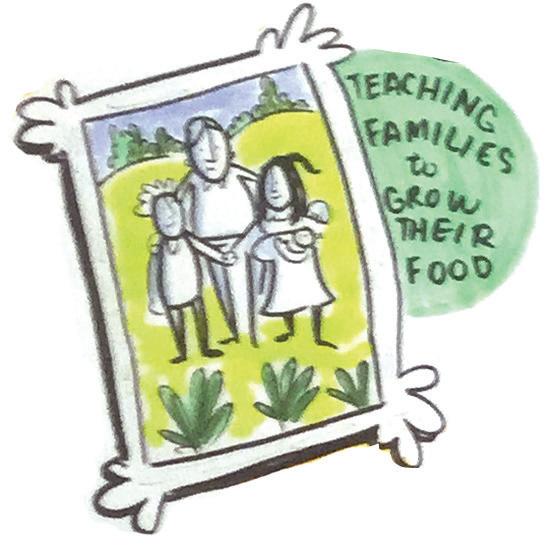
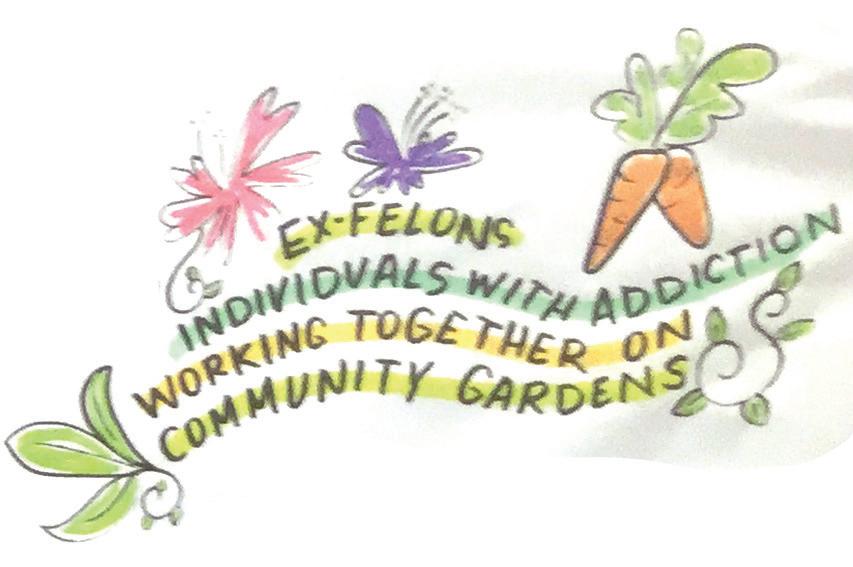
Working outside in the garden together, with our hands in the dirt sharing stories is therapeutic. We can overcome some of the difficult things in our life by cooking or growing food together, talking, being a community.
La Semilla, New Mexico
n And, by the way, the garden produces really good vegetables and fruit and during times of harvest, the gardeners have more than they can eat and they have to figure out how to pass it into community - which helps grow community
These gardens crop up everywhere. They’re on vacant lots. They’re in the backyards of elderly people who have land and need labor. They’re at schools and childcare centers. They are out the backdoor of assisted living facilities.
We bring fresh food into our elementary school in Wayne County. Our classrooms help people learn about sustainable agriculture; our produce is sold in the Wild Ramp grocery store in town. These are our community centers! West Virginia parent
Sometimes a garden is just a garden. It’s there on the corner, people come together and grow food on the same land. Done. Other times it is the cornerstone of something much more -- a whole community learning program on growing and eating real food.
Centers of Community
The Welcome Table in North Tulsa is a center of community. Started by a Unitarian minister and his physician wife when they heard how life-expectancy was 14 years less in Turley, where they were born than it was just one zip code away. They said that’s got to change and they created what they called “a third place” -- a safe space where people could gather to support each other in building healthier lives. Over the last five years The Welcoming Table has grown as a center of community. They have meals -around welcoming tables, of course. There’s a nearby community garden. They run a food pantry. They help people get clothes and housing and anything else they need. It’s a place of “commitment creep.” The woman who had to be convinced to volunteer one afternoon a week in the food pantry now hopes for one day a week off -- but she is busy everyday, out looking for the healthiest food she can find to offer to people through the pantry.
They don’t have much of a budget -- and really don’t want one. They watch for where people have energy and work with it. It is a place where people gather to help themselves and to help each other.
This space has evolved into something that brings community together, where people feel welcome, respected and seen. I see you and you are valued. People who are not the volunteer types come here and feel the fire. They want to contribute. People who benefit from our services gradually start getting involved in our operations. Everybody is training everybody else with joy. There’s scarcity mentality in our community and we’re trying to counter that by always being generous, by celebrating abundance.
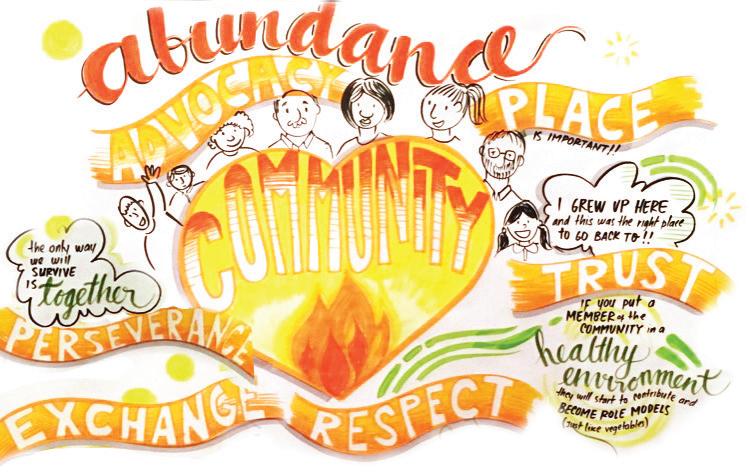
Welcome Table, Tulsa, Ok
In Stockton, the Youth and Family Empowerment Center run by Fathers and Families of San Joaquin is another example. Immediately upon entering the building the welcoming warm and friendly atmosphere is palpable. It is a place for healing and regeneration for families and communities, it’s a place that creates opportunities for people to to learn and give back to their communities. This place was started by a formerly incarcerated man ten years ago to mentor parents and children.The center now offers various programs to strengthen families, including healing circles, parenting and financial literacy classes, various youth empowerment, and elders support programs. Fathers and families also puts emphasis on intergenerational mentoring and healing the disconnect between generations.
Clinics in Community
Sometimes a clinic is just a clinic. People arrive, checkin, wait, are seen by a professional, and then go home. In the communities where health is a priority, a clinic can also something much more. It is an important home, a place where people feel cared for and respected. A place that helps them take care of their health.
The Indian Health Center in North Tulsa is one example of where people take charge of their own health. Yes, it does have top notch medical care with a robust administrative back end that brings in public and private dollars to make care affordable. Because of their own culture they attract and retain excellent professionals and they know how to do scheduling in ways that get people in and out without long wait times.
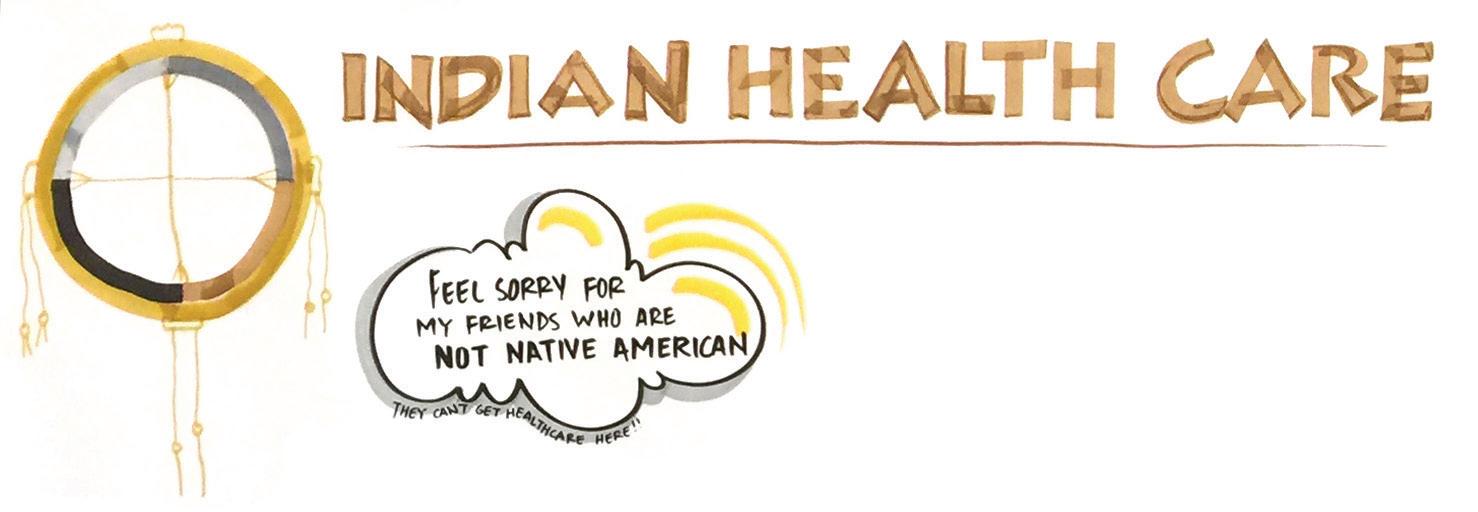
AND, there is so much more. Exercise rooms as well as an extensive calendar of group activities. Rooms for 12-step and other support groups to meet. Classes in preserving and cooking foods. Other classes in diabetes, drug addictions, trauma. Staff available for conversation. They don’t have a community garden right now -- but are looking for where to start one. A gathering spot, treatment services, a learning oasis. It’s all rolled up together to help people focus on their health.
Cabin Creek Health Systems in Boone County West Virginia plays a similar role, grown out of different soil. The people of Boone County are proud coal miners and have been for generations. They’re also mostly unemployed and underemployed. The elders often suffer with black lung, COPD, and emphysema. Drug addictions are chronic problems across

Nobody out there actually gives a damn about us. If they could plug this creek and flood this valley, they’d be happy. This here clinic is all we have. 72 year old coal miner all generations as well as a diabetes being a common condition. People here have lived on Cabin Creek for generations and life has not been easy. But the one thing they know they can depend on is Cabin Creek Health. It’s always there for them. They can get their medicine at a reasonable price. The doctors and nurses are great. The staff work them with diabetes, cascading respiratory problems, and help them get family members off drugs. They find community at the Clinic and it makes their lives just a little bit better.
Landscape of a c u Lture of Hea Lt H
The lines between community gardens, centers of community, and clinics in community often become blurred. What seems essential for creating a culture of health is that there be places where people gather, and where their health and well-being is a priority. A place where there is a strong, energetic, informed invitation to restore health. They are places where people are cared for -- not in the ways where people feel objectified and “less-than” -- but in a respectful meeting of people who care about each other with dignity and respect.
People
People step into crucial roles necessary for a culture of health to prosper. Some are catalysts, others organizers or gatekeepers, some caregivers, and others who show up with willing hands and open hearts to do whatever is needed. It takes them all.
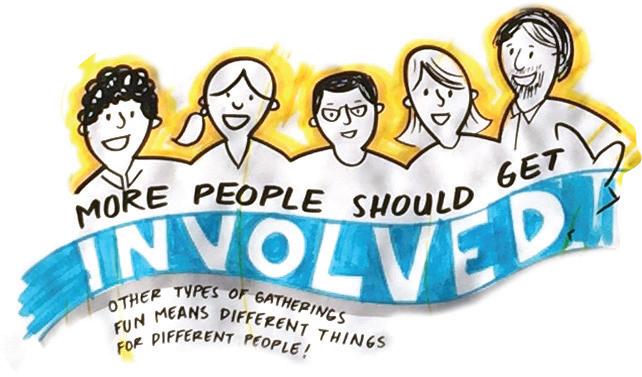
Deborah moved to Las Vegas, New Mexico, and was called to make a difference. She started paying attention to the stories she heard of corruption in the privatized prison and how the prison was basically a revolving door -- people went in, got out, and returned again. She led the successful effort to de-privatize the prison and to create local systems to help ex-cons lead more productive lives. Deborah lives on $4000 a year from a pension and gets extensive personal support in the form of housing, transportation, and food from people in the community who value her and her work.
Richard had a life as a concrete finisher in Tulsa. He made good money. And then a little girl opened his heart. He was grilling hot dogs at a charity event and she asked him mister, can I have a hot dog? I don’t have any money. Sure, he said and put one in a bun for her. She started to eat and then turned and pointed at her family: mister, what about them? They’re hungry and have no money either. He started feeding people. Finding the hungry and feeding them. He used all of his money and was living out of his truck and finally realized he needed to find another way. His aquaponics farm will open in a few more months. The plan is that 30% of what it produces will go into the free food economy of eastern Oklahoma, some through the Vian Peace Center, which is a local food bank that Richard and Jackie, his wife, created and run. The farm will make a good living for them – not to be rich, just to have enough. The farm will also be the anchor tenant for a new grower’s cooperative of small farmers Richard plans to knit together who will have the capacity to serve large markets like Walmarts. Richard gets stuff done. He is not an organizer. He’s a bit of a one man band and unless he attracts an organizer to his cluster of work, he will burnout. But he is a dynamo.
April and Craig in West Virginia are quite a duo. Together they run Cabin Creek Health Systems. They have an unflappable presence and each tend different parts of the large system of care, with five clinics -- all that many in this rural area have. They just do what needs to be done and they do it with kindness. They coordinate a large team of professionals who provide the care. They find funds and they find certifications and they find people.
Landscape




